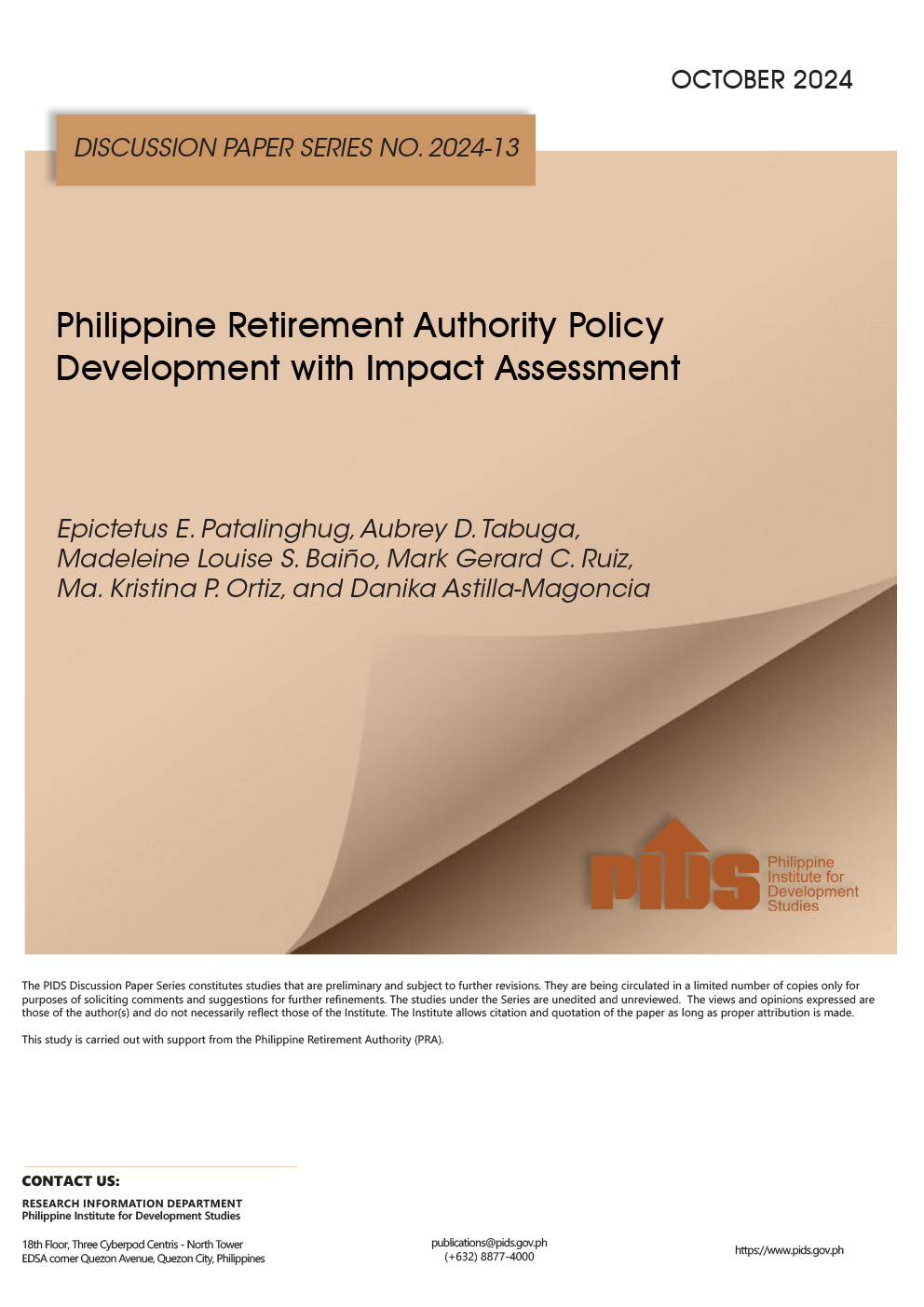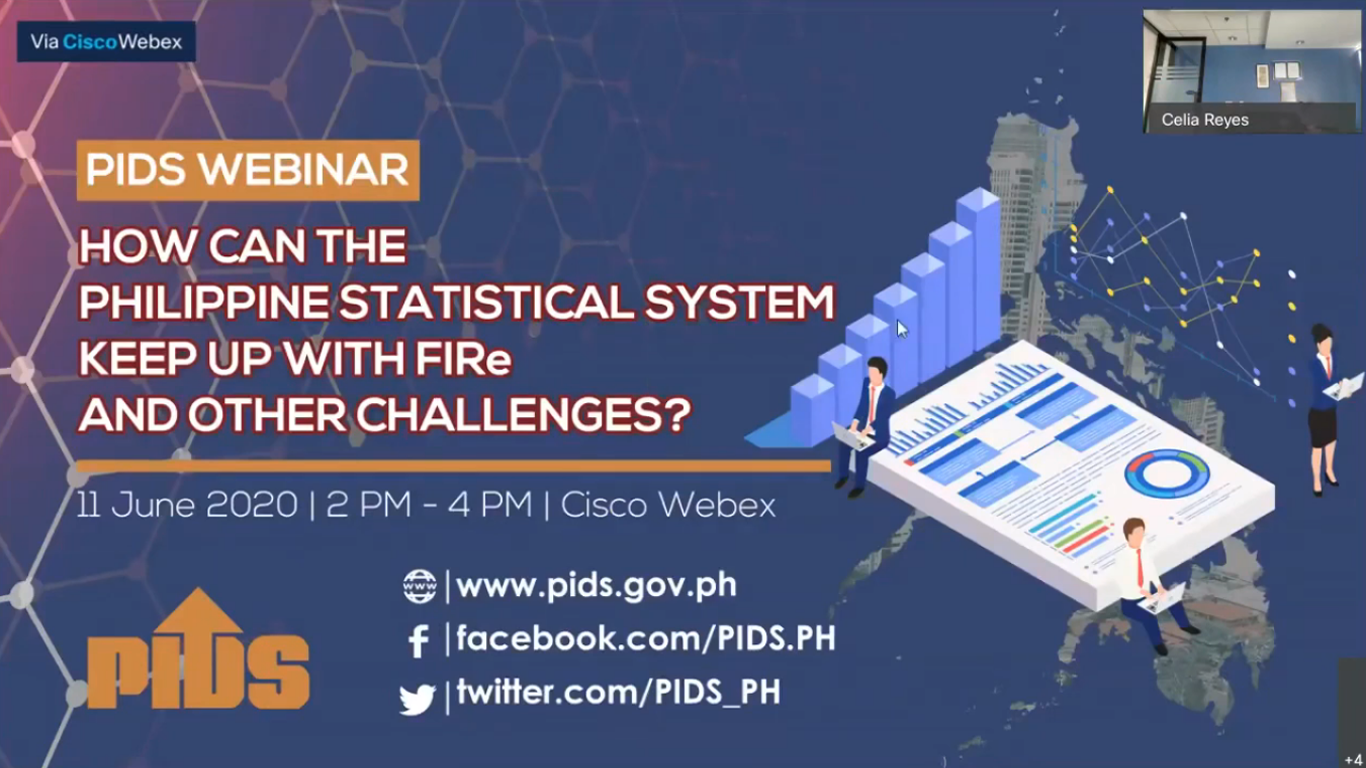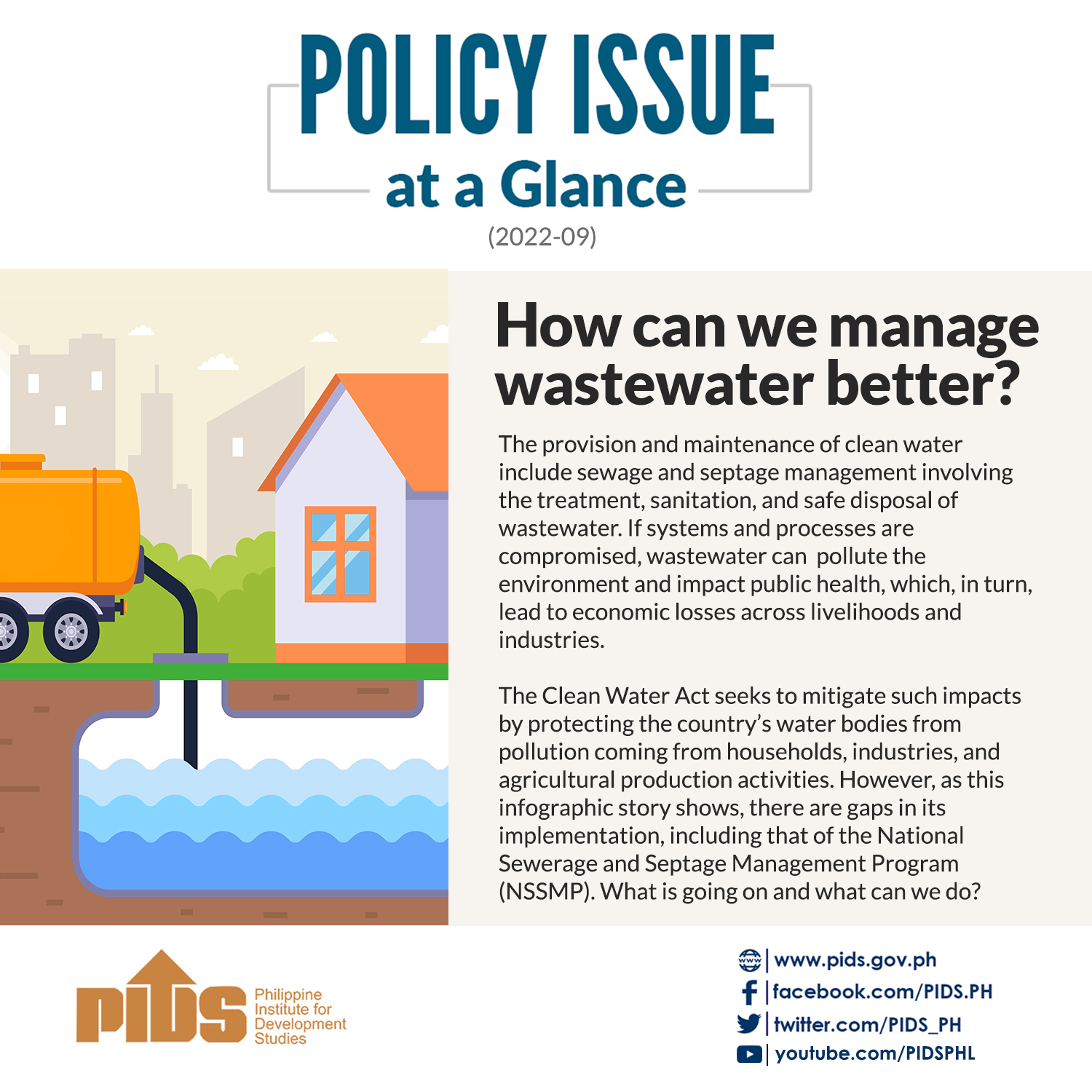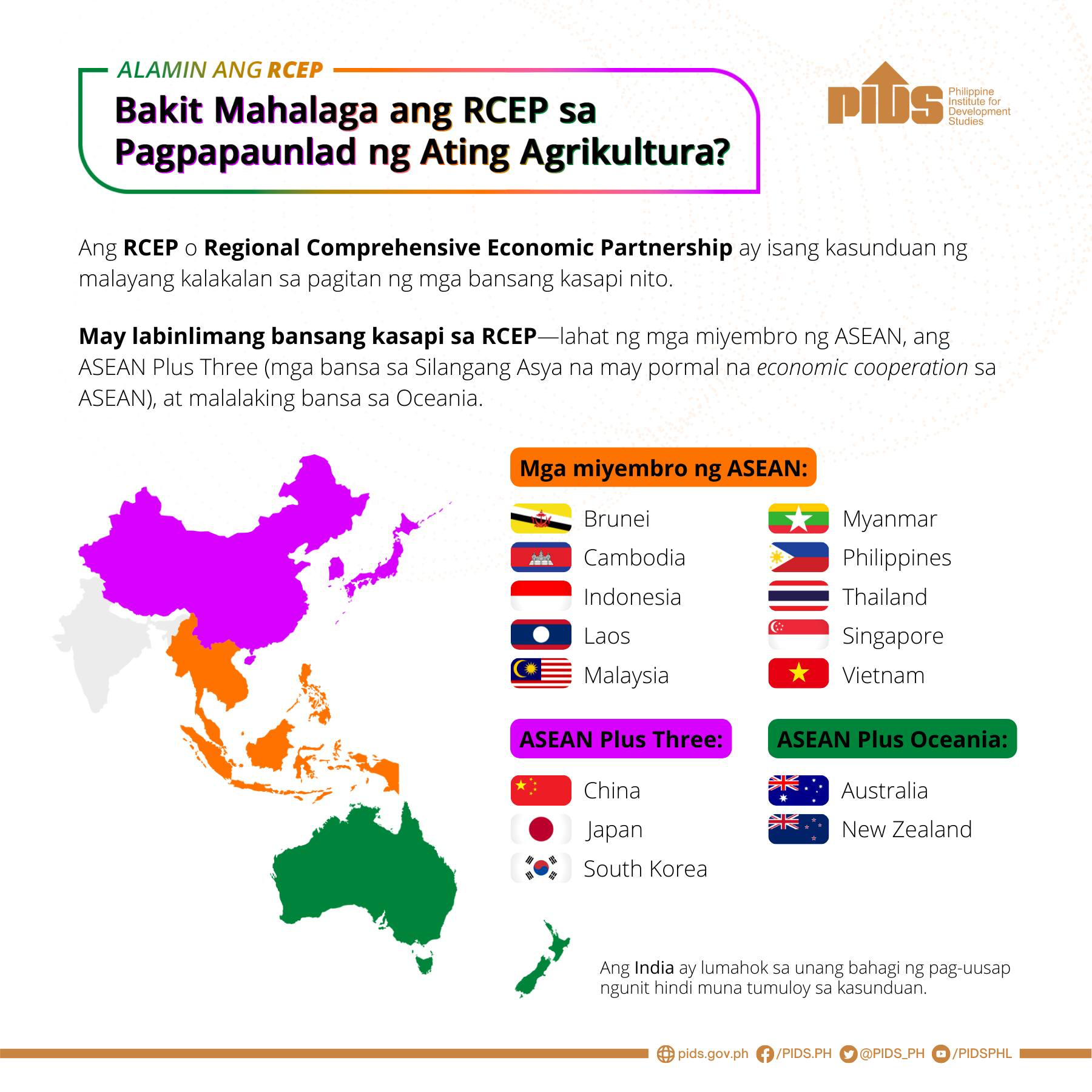If the threat of rising protectionism is to be eliminated, the Philippines should stand firm and push for the immediate conclusion of the Regional Comprehensive Economic Partnership (RCEP).
Experts from the Philippine Institute for Development Studies (Pids) and Economic Research Institute (ERIA) said that, as chairman of the Association of Southeast Asian Nations (Asean) this year, the responsibility falls on the country’s shoulders to see the RCEP through.
Australian National University Crawford School of Public Policy Emeritus Professor of Economics Peter Drysdale added that the future of regional and international trade rests on President Duterte this year.
“As chairman of the Asean, he’s [President Duterte is] going to take Asean with him and he can do it two ways: he can let the guy in Washington dominate, or he can lead Asean to a decisive stand and the way in which he can do the latter is to ramp up the RCEP negotiations,” Drysdale said.
“It will really depend on the Philippine chairmanship on whether that progress is made and whether its successful. If Asean backs away at this strategic time, then it will not only affect Asean in the long-term future but also the whole global system,” he stressed.
Drysdale said apart from celebrating its 50th year of existence, the Asean needs to stay true to its commitment for regional openness.
He added the region should “desperately avoid the British and EU disease” since the Asean was not created to mirror these regional blocs. The region can resist this through the RCEP.
While industrialized countries, including the United States, has adopted a protectionist stance, Drysdale said this is not a reason for Asean to follow suit.
“All that the Asean stands for is under threat from the end of globalization movement out of America and that’s gonna land right on the middle of Asean in the East Asian Summit here in Manila and your president’s gonna deal with that as chair of the Asean,” Drysdale said.
Pids President Gilberto M. Llanto said, however, that while the country is pushing for a more liberal stance when it comes to trade and investment, as well as labor mobility, it should not forget the poor who were left behind by globalization.
Llanto added there are millions of Filipinos and Asean citizens who have remained poor, despite the efforts of governments to open up under the Asean Economic Community (AEC).
This, he said, should be addressed not by backing out or opting out of trade agreements, like the RCEP, but through the institution of social safety nets.
Llanto added trade agreements, like the Asean Free Trade Area has helped the Philippine economy, as well as others in the region. He said the Asean is one of the country’s largest trade partners.
In the January-to-July period this year, total trade with the Asean reached $19.04 billion. This includes the total trade of $2.66 billion posted in July 2017.
“We must introduce in the conversation the concept of social protection,” Llanto said. “The risk is that there’s a retreat from the liberal order as we say, this is just frustration with the fact that theres still many people out of jobs.”
Under the AEC Blueprint, the economic integration will benefit businesses and individuals alike. For investors, the same incentives will be available to them regardless of which Asean country they operate in, and they will have access to larger markets and benefit from higher trade flows and fewer trade barriers.
It will also open job opportunities for individuals, increase supply and demand of workspaces and promote competition as a result of the establishment of more small and medium enterprises and multinational companies.
Llanto explained that in order to realize a stable economic community in the region, Asean economies should promote the digital economy, pool resources to build the infrastructure they need, facilitate trade and support each other’s rising, expanding consumer markets.
Experts from the Philippine Institute for Development Studies (Pids) and Economic Research Institute (ERIA) said that, as chairman of the Association of Southeast Asian Nations (Asean) this year, the responsibility falls on the country’s shoulders to see the RCEP through.
Australian National University Crawford School of Public Policy Emeritus Professor of Economics Peter Drysdale added that the future of regional and international trade rests on President Duterte this year.
“As chairman of the Asean, he’s [President Duterte is] going to take Asean with him and he can do it two ways: he can let the guy in Washington dominate, or he can lead Asean to a decisive stand and the way in which he can do the latter is to ramp up the RCEP negotiations,” Drysdale said.
“It will really depend on the Philippine chairmanship on whether that progress is made and whether its successful. If Asean backs away at this strategic time, then it will not only affect Asean in the long-term future but also the whole global system,” he stressed.
Drysdale said apart from celebrating its 50th year of existence, the Asean needs to stay true to its commitment for regional openness.
He added the region should “desperately avoid the British and EU disease” since the Asean was not created to mirror these regional blocs. The region can resist this through the RCEP.
While industrialized countries, including the United States, has adopted a protectionist stance, Drysdale said this is not a reason for Asean to follow suit.
“All that the Asean stands for is under threat from the end of globalization movement out of America and that’s gonna land right on the middle of Asean in the East Asian Summit here in Manila and your president’s gonna deal with that as chair of the Asean,” Drysdale said.
Pids President Gilberto M. Llanto said, however, that while the country is pushing for a more liberal stance when it comes to trade and investment, as well as labor mobility, it should not forget the poor who were left behind by globalization.
Llanto added there are millions of Filipinos and Asean citizens who have remained poor, despite the efforts of governments to open up under the Asean Economic Community (AEC).
This, he said, should be addressed not by backing out or opting out of trade agreements, like the RCEP, but through the institution of social safety nets.
Llanto added trade agreements, like the Asean Free Trade Area has helped the Philippine economy, as well as others in the region. He said the Asean is one of the country’s largest trade partners.
In the January-to-July period this year, total trade with the Asean reached $19.04 billion. This includes the total trade of $2.66 billion posted in July 2017.
“We must introduce in the conversation the concept of social protection,” Llanto said. “The risk is that there’s a retreat from the liberal order as we say, this is just frustration with the fact that theres still many people out of jobs.”
Under the AEC Blueprint, the economic integration will benefit businesses and individuals alike. For investors, the same incentives will be available to them regardless of which Asean country they operate in, and they will have access to larger markets and benefit from higher trade flows and fewer trade barriers.
It will also open job opportunities for individuals, increase supply and demand of workspaces and promote competition as a result of the establishment of more small and medium enterprises and multinational companies.
Llanto explained that in order to realize a stable economic community in the region, Asean economies should promote the digital economy, pool resources to build the infrastructure they need, facilitate trade and support each other’s rising, expanding consumer markets.










